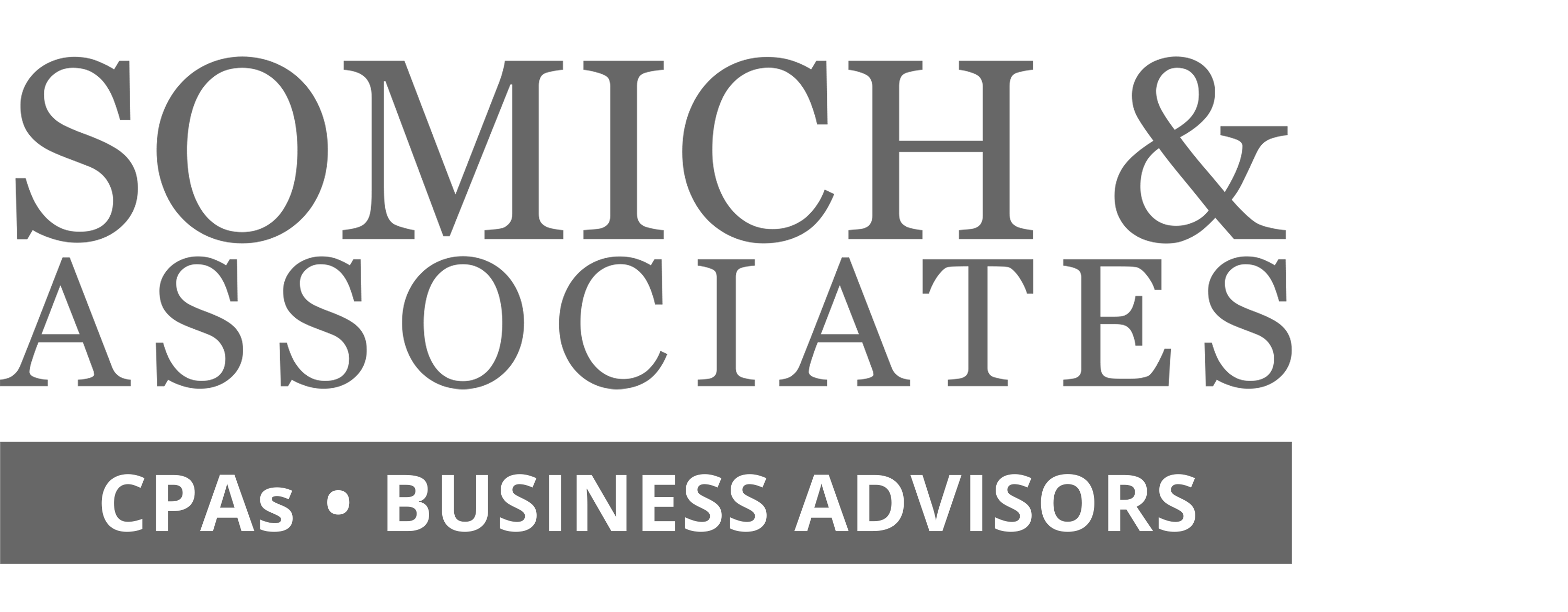Suppose you’re switching jobs if you were furloughed because of the pandemic or you’re simply searching for greener pastures. If you have a 401(k) from your soon-to-be former employer, you must decide what to do with your retirement account when you leave. Here are your four options:
- Leave the money in your previous employer’s pension plan.
- Roll over the money to your new employer’s pension plan.
- Roll over the money into an IRA.
- Take the money and run.
So which of these options should you choose? Here are some things to consider as you think about what to do with your 401(k) account:
Keep the borrowing option open. If you want to borrow money from your employer-sponsored 401(k) account in the future, consider rolling the money into your new employer’s 401(k) plan. While you can borrow money out of your 401(k), that option is not allowed with an IRA. And if you leave your 401(k) at a former employer, they often will not let you borrow funds if you are not currently employed.
Take the money. This year may be the best time to make a withdrawal from a retirement account. In a normal year, when you make an early withdrawal from a retirement account, you owe income taxes on the amount of the distribution plus a 10% early withdrawal penalty. In 2020, this 10% penalty has been suspended. So while you’ll still pay taxes on the distribution, you may be able to avoid the early withdrawal penalty.
Invest the money. While it might be tempting to borrow or take an early distribution from your retirement account, you’ll also be depleting future earnings intended for your retirement years. So consider whether you truly need the money now to pay for an emergency or if you’re ok leaving it in your 401(k).
Whatever you decide, it is always best to transfer the funds directly from one retirement account to another. This direct transfer eliminates the possibility of your fund movement being characterized as a distribution subject to income tax. If in doubt, ask for help.
